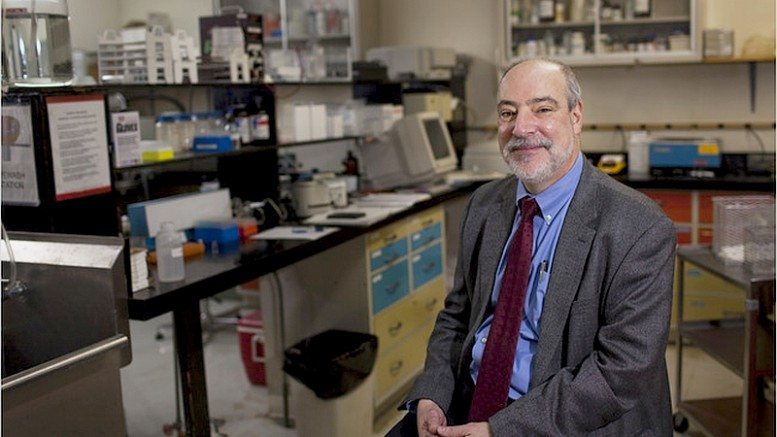At market close on May 10, 2016, BioSpecifics Technologies Corp. (NASDAQ:BSTC) reported its first quarter, 2016, earnings. The company is down close to 10% on the announcement, and looks set to decline further across the Wednesday session in the US. Next month, however, topline from one of its phase II programs is set to hit press, and if it’s positive, could serve to catalyze a closing of the earnings induced gap down. Here’s what to look out for from the data when it hits as an indication of success and – in turn – a turnaround.
First, then, a look at the drug in question. Its called Xiaflex, and it’s already approved in two different indications in the US – Dupuytren’s contracture and Peyronie’s disease. In both instances, Endo International plc – Ordinary Shares(NASDAQ:ENDP), which partnered with BioSpecifics on the technology pre-approval, markets the drug in the US. So, what is it? It’s what’s called collagenase clostridium histolyticum. Despite its long winded name, the drug’s mechanism of action is not all that complicated. The latter part of the name, clostridium histolyticum, refers to a naturally occurring bacterium that produces an enzyme that breaks down collagen. Collagen is the most abundant protein in humans, and it serves as connective tissue between cells. In instances where a buildup of cells cases issues, therefore, the breaking down of the collagen that connects them using collagenase clostridium histolyticum is an effective treatment. Well, in its two current indications, it is. But BioSpecifics is attempting to take it further. Potential (and currently being trialed) indications include cellulite, frozen shoulder, canine lipoma, lateral hip fat and plantar fibromatosis. The indication we’re discussing today, however, is human lipoma. A human lipoma is a benign tumor made up of body fat tissue. Because of the tumor element of their name, many people mistakenly associate lipomas with cancer. They aren’t cancerous, however, and pretty much 100% of the time are harmless to us. They can be unsightly, however, or in certain instances (depending on physical location) uncomfortable.
BioSpecifics is targeting a local injection of its Xiaflex product for removal of the lipomas, with the drug being used to break down the connective tissue (collagen) that holds the fatty tissues together. Simple.
So, moving on to the trial, what should we be looking for in the data? Different individuals respond differently to Xiaflex, in that it can take longer in one patient than another for the breaking down to take effect from patient to patient. For this reason, BioSpecifics was pretty stringent in its criteria for the study. Patients needed two lipomas, of minimum size 5cm surface area, and they needed to be on separate parts of the body (with parts defined as limbs, torsos etc. Why? So that a physician can use one lipoma as control – that is, it doesn’t get an injection – and one that gets treatment. This stringency serves to make the data pretty straightforward form an interpretation perspective.
Primary endpoint was reduction in tumor size across a six-month period. So, for efficacy, all we need to look for is one lipoma remaining at its pre-trial baseline size, and the other reducing below its 5cm size surface area. Safety is under investigation, but shouldn’t really come into the equation as far as impacting the outcome of the trial is concerned. The drug is already considered safe, with only a few mild AEs reported in the various other indication trials – site bleeding, a bit of swelling, etc.
What’s the market potential if the data comes out positive? About 1 in 100 people in the US develop lipomas. Of these, 1 in 10 get them removed. In the US, therefore, this gives a potential market of around 1 in 1000, or 310,000 individuals. The average cost for the current procedure is about $450. Xiaflex could easily achieve high penetration, as the current SOC involves surgery and – if approved – BioSpecifics’ candidate will be non invasive. Say it picks up 50% penetration, that would give it a market of a circa 155,000. Chances are the price will be a little higher than SOC (if its not, we can assume an almost 100% penetration if efficacy is strong), so at a conservative $600, market potential is not far off $95 million. Of course, this doesn’t take in to consideration the minimum size, but the patient population size doesn’t take into consideration multiple lipoma removal, so as an estimate, it works out.
